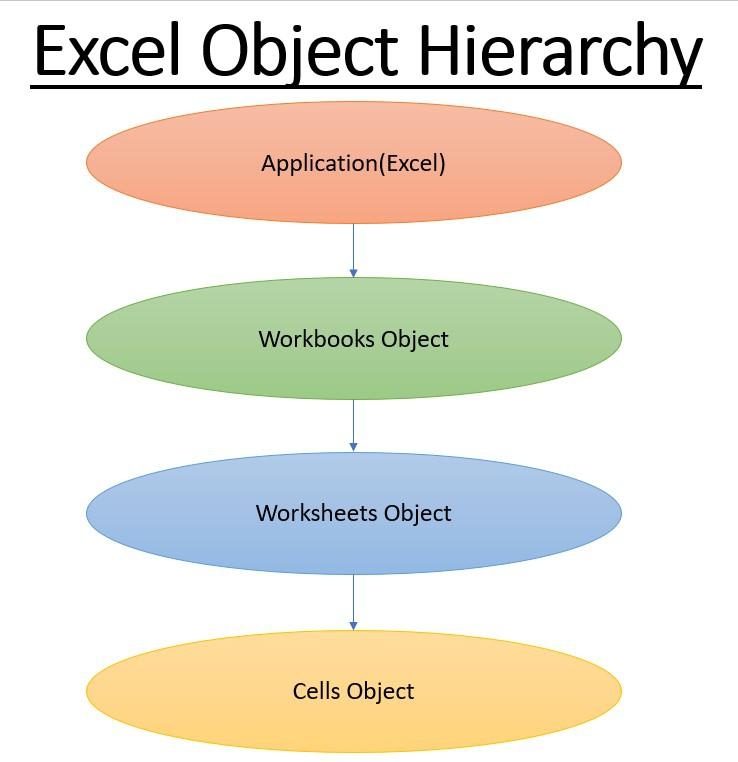When it comes to using Microsoft Excel or any other spreadsheet software, understanding the difference between a worksheet and a workbook is crucial. A worksheet is a single sheet within a workbook, while a workbook is a collection of multiple worksheets. Each has its own unique function and purpose, and knowing when to use each one can help improve your productivity and efficiency.
Worksheets are where you input and manipulate data. They are like individual pages in a book, where you can perform calculations, create charts, and organize information. Worksheets are where the actual work gets done, and they are the building blocks of a workbook.
Differences between Worksheet and Workbook
A workbook, on the other hand, is like a file cabinet that holds all your worksheets. It is the main container that houses all the data and information you are working with. Workbooks allow you to organize and manage your data effectively by keeping related information together in one place.
One key difference between a worksheet and a workbook is that you can have multiple worksheets within a single workbook. This allows you to work on different sets of data or projects within the same file, making it easier to keep everything organized.
Another difference is that you can perform actions on a workbook as a whole, such as printing all the worksheets at once or applying formatting to multiple sheets simultaneously. This can save you time and effort when working with large amounts of data.
In conclusion, worksheets and workbooks are both essential components of spreadsheet software like Microsoft Excel. Worksheets are where the actual data manipulation happens, while workbooks serve as the main container for organizing and managing your data. Understanding the difference between the two can help you make the most of your spreadsheet software and improve your productivity.
Next time you are working with Excel or any other spreadsheet software, remember the distinction between a worksheet and a workbook, and use them wisely to enhance your data management and analysis capabilities.

